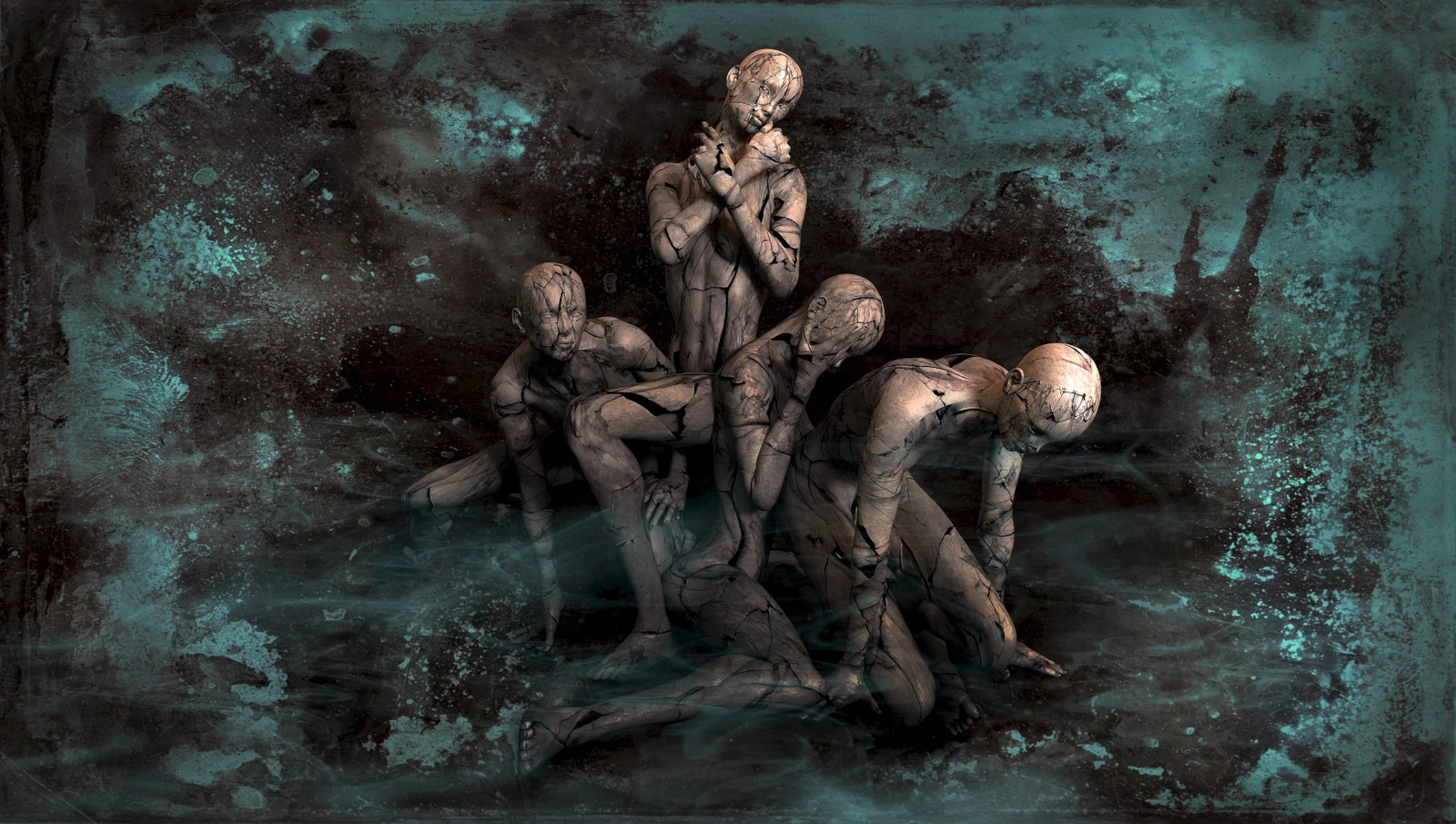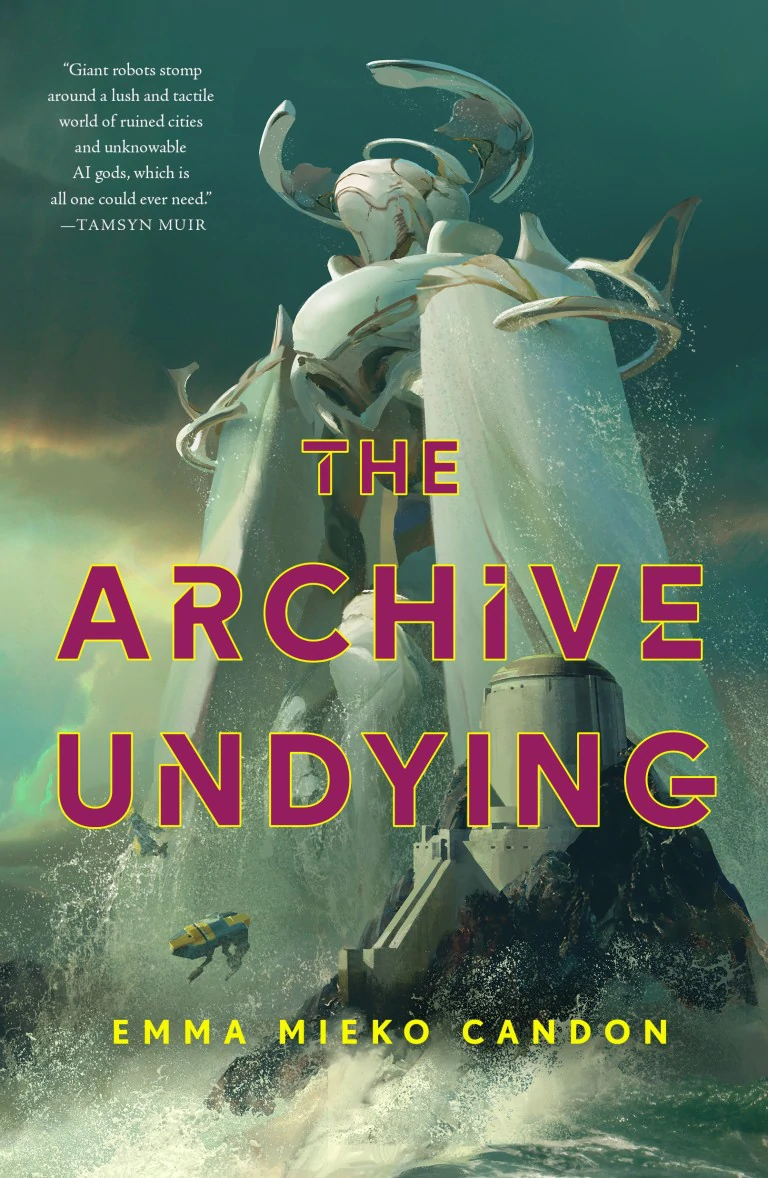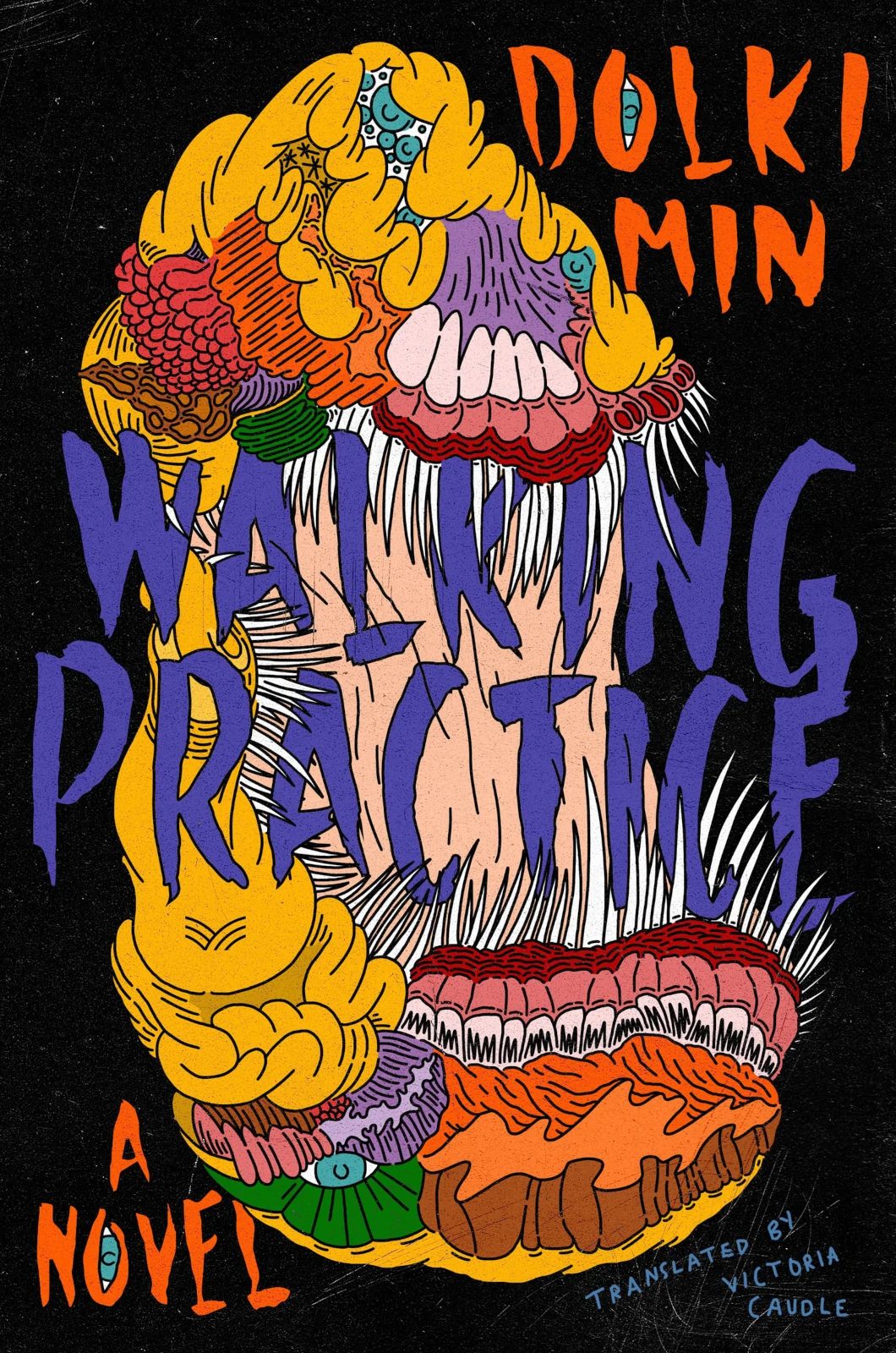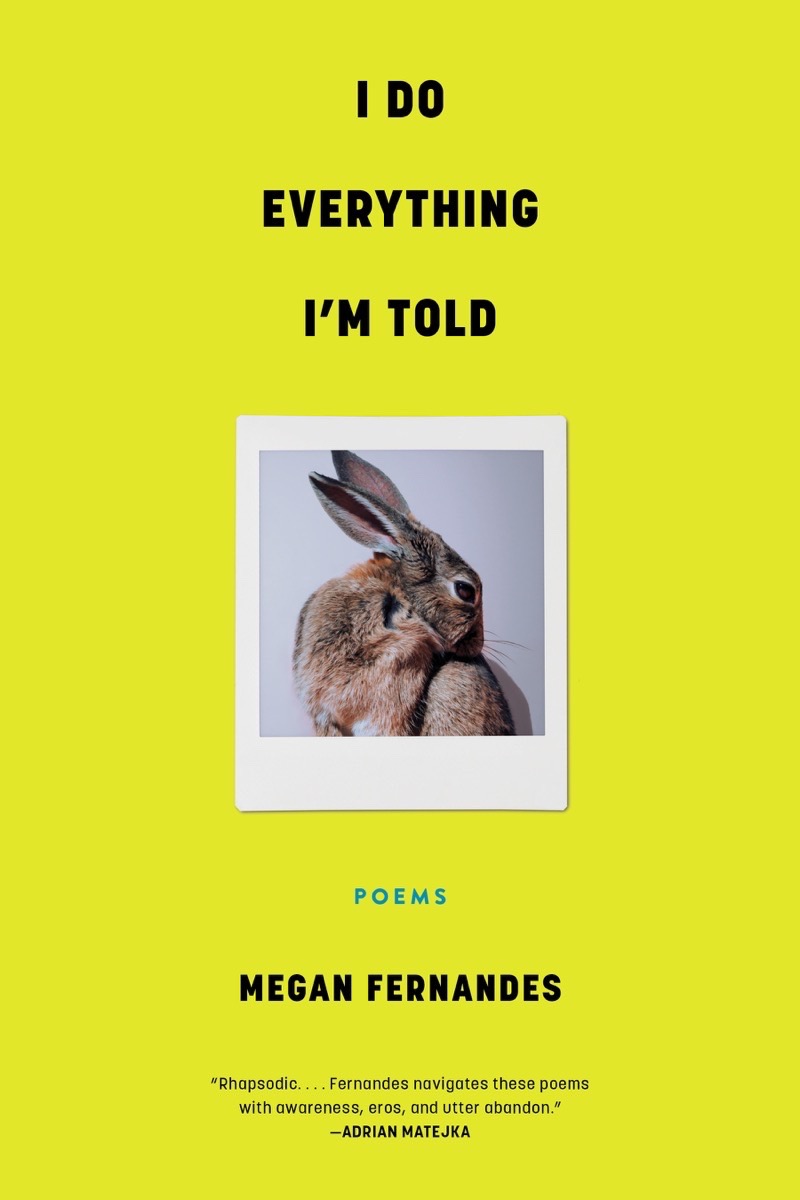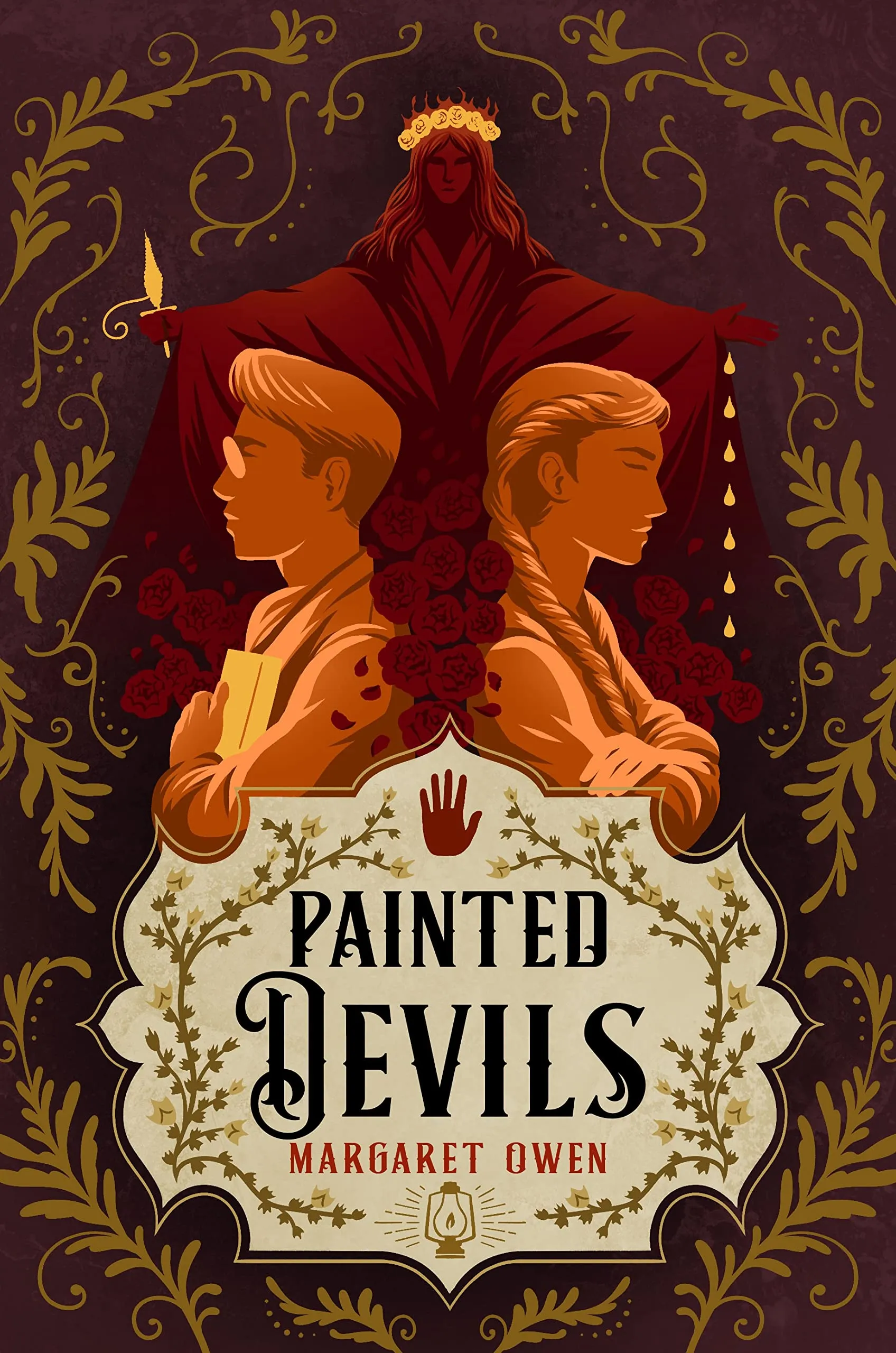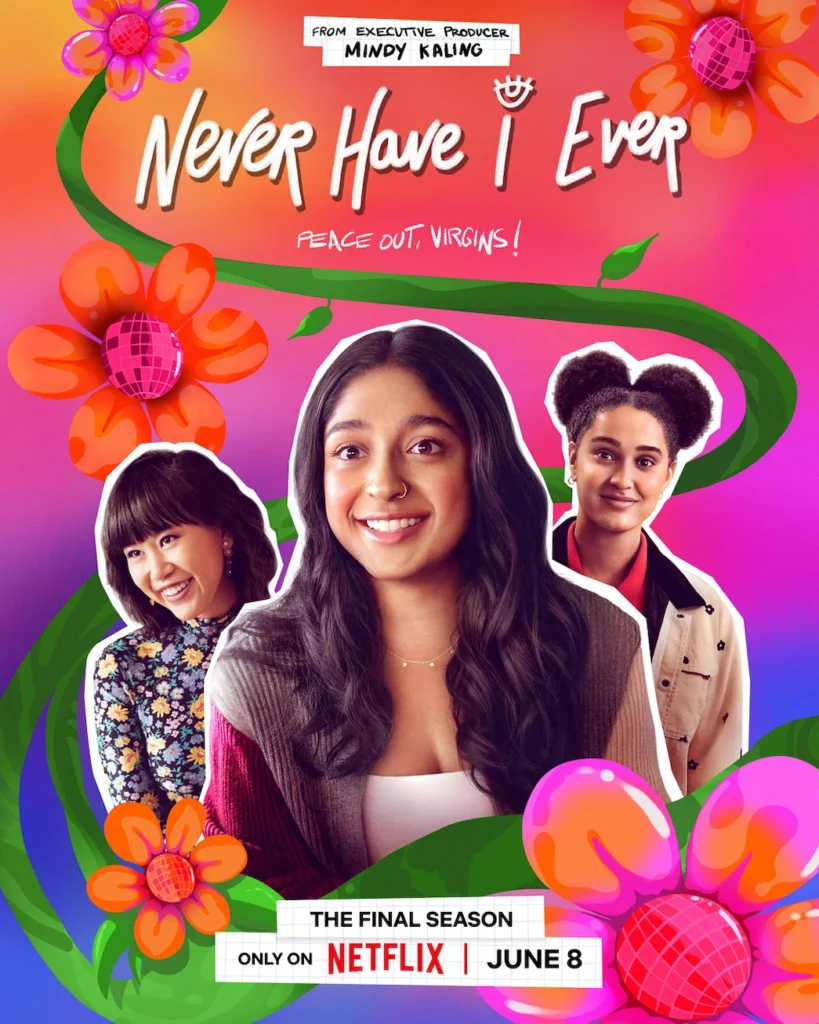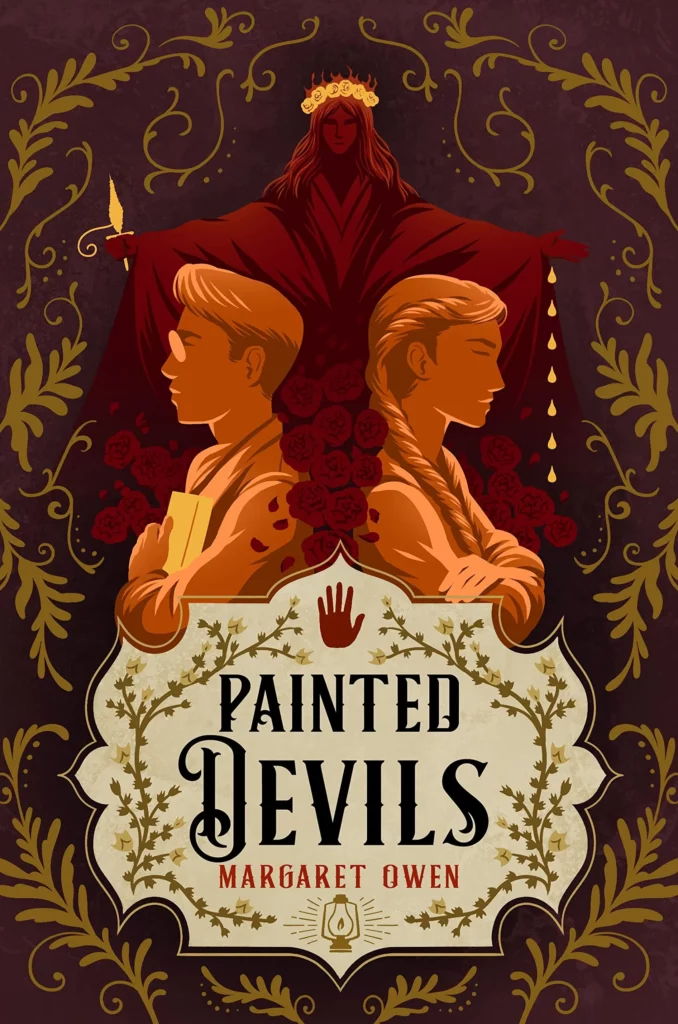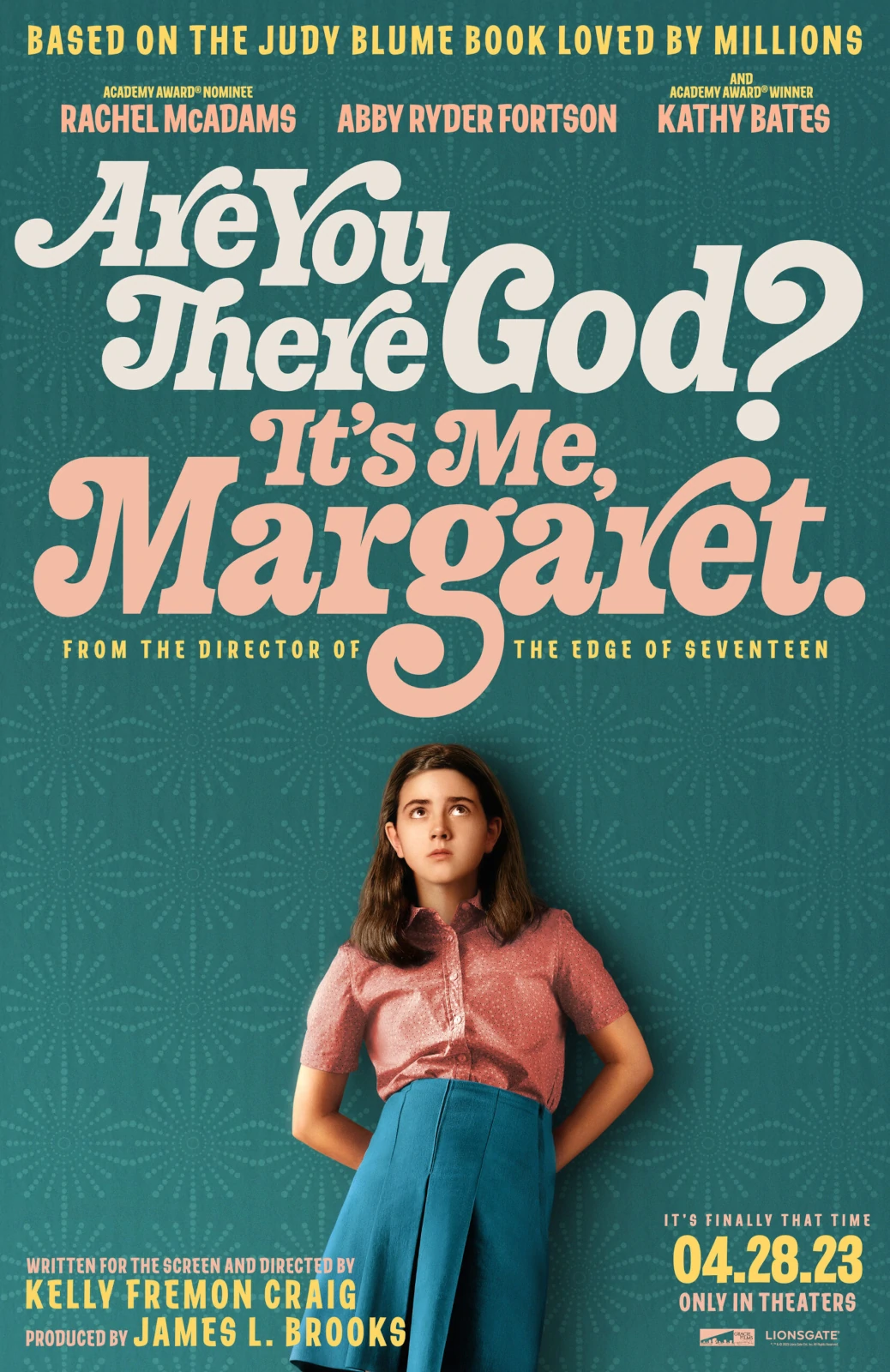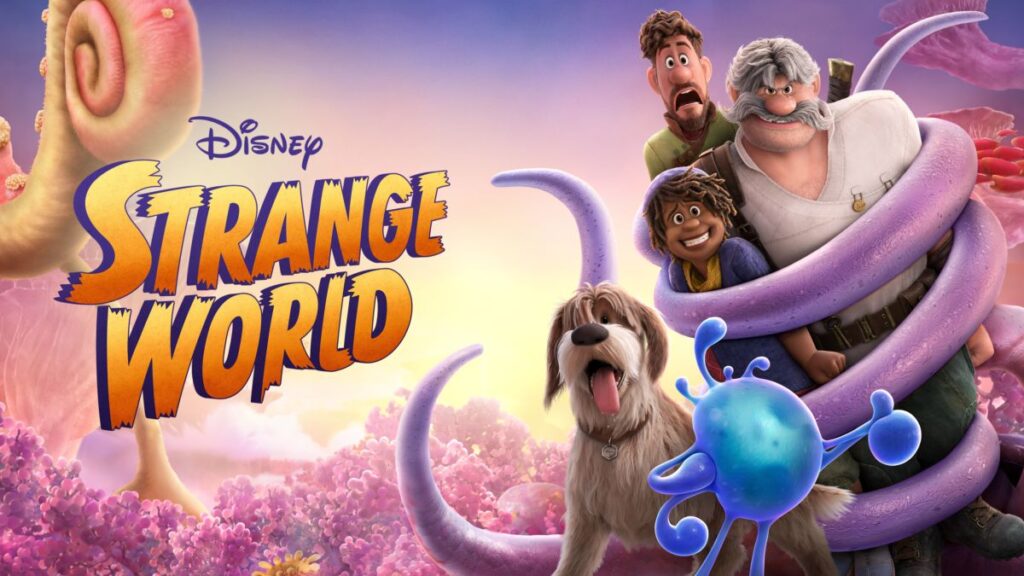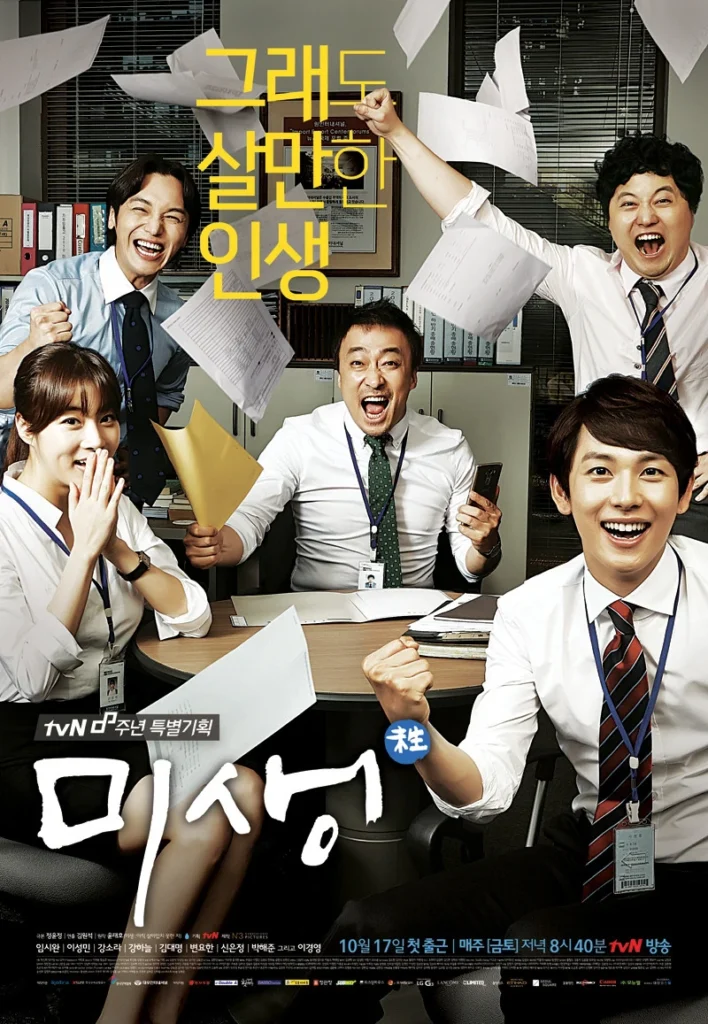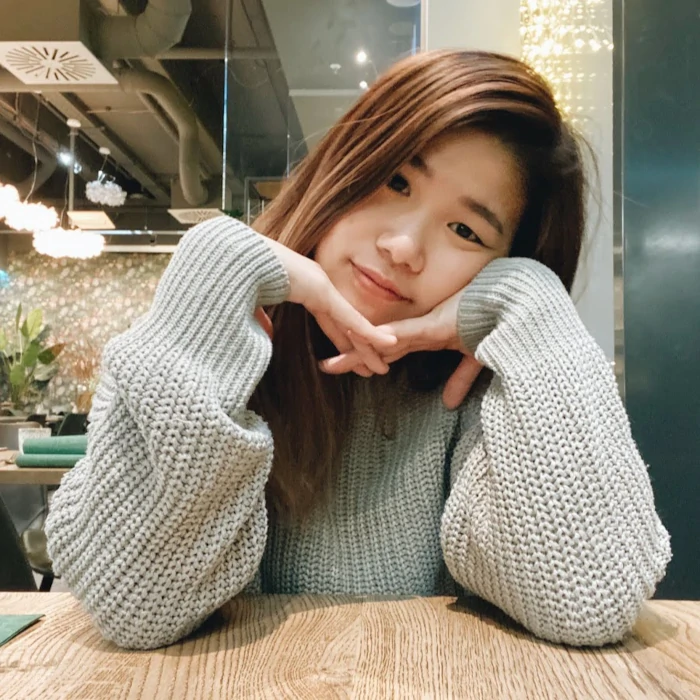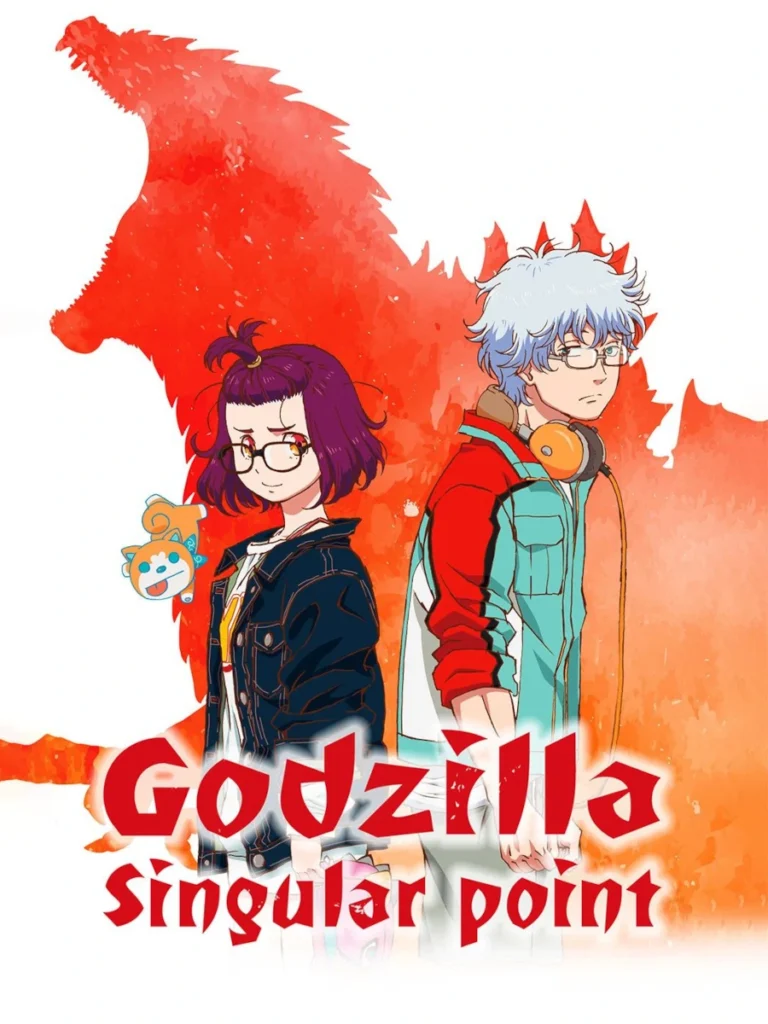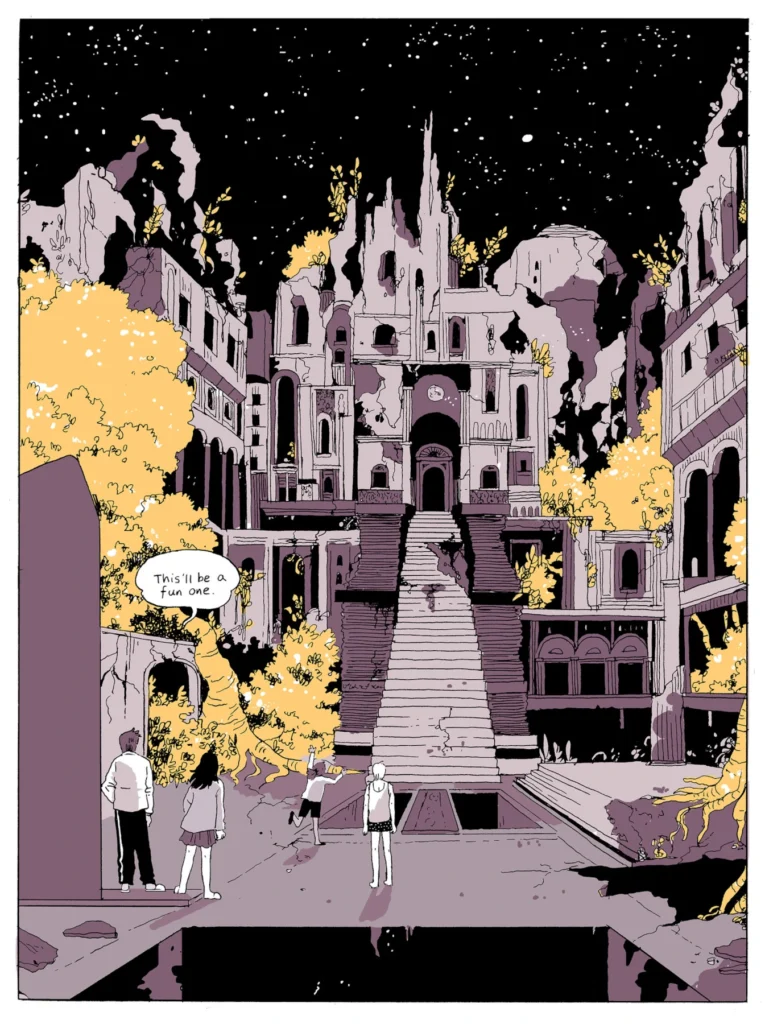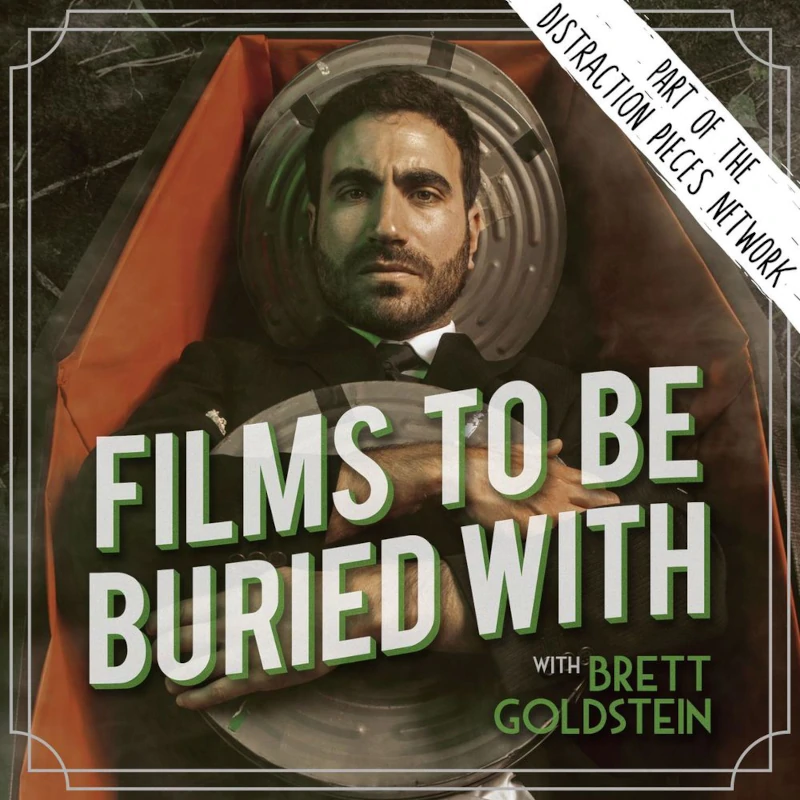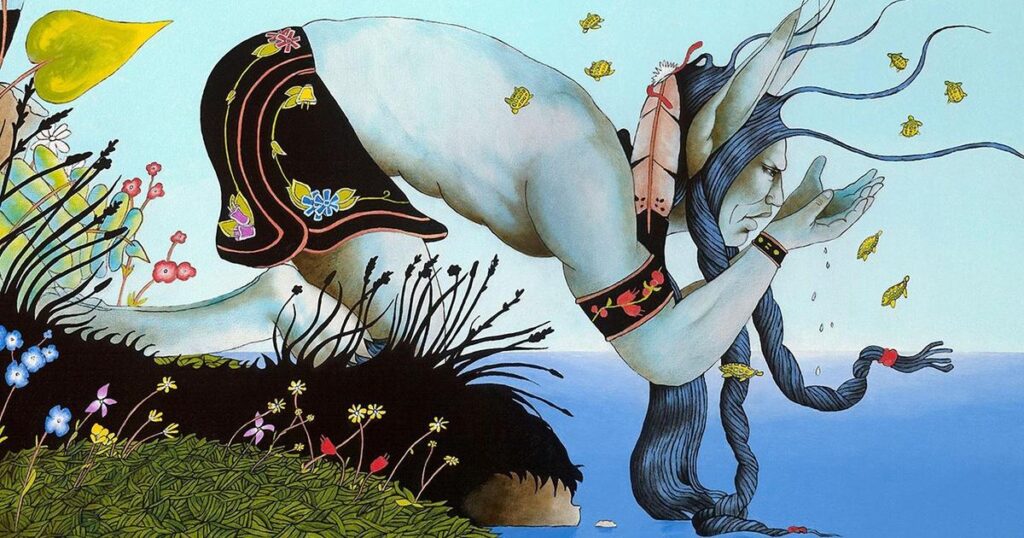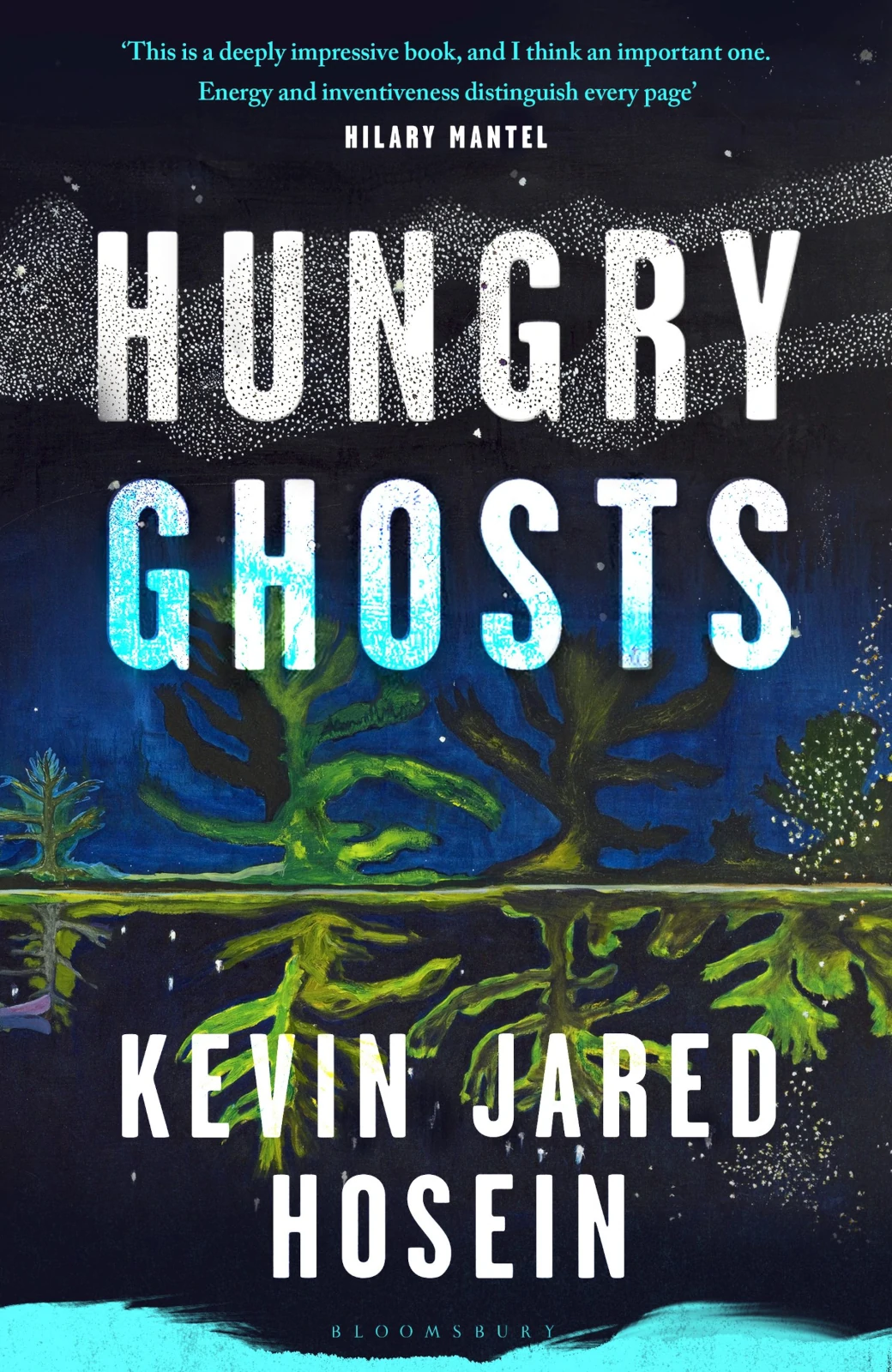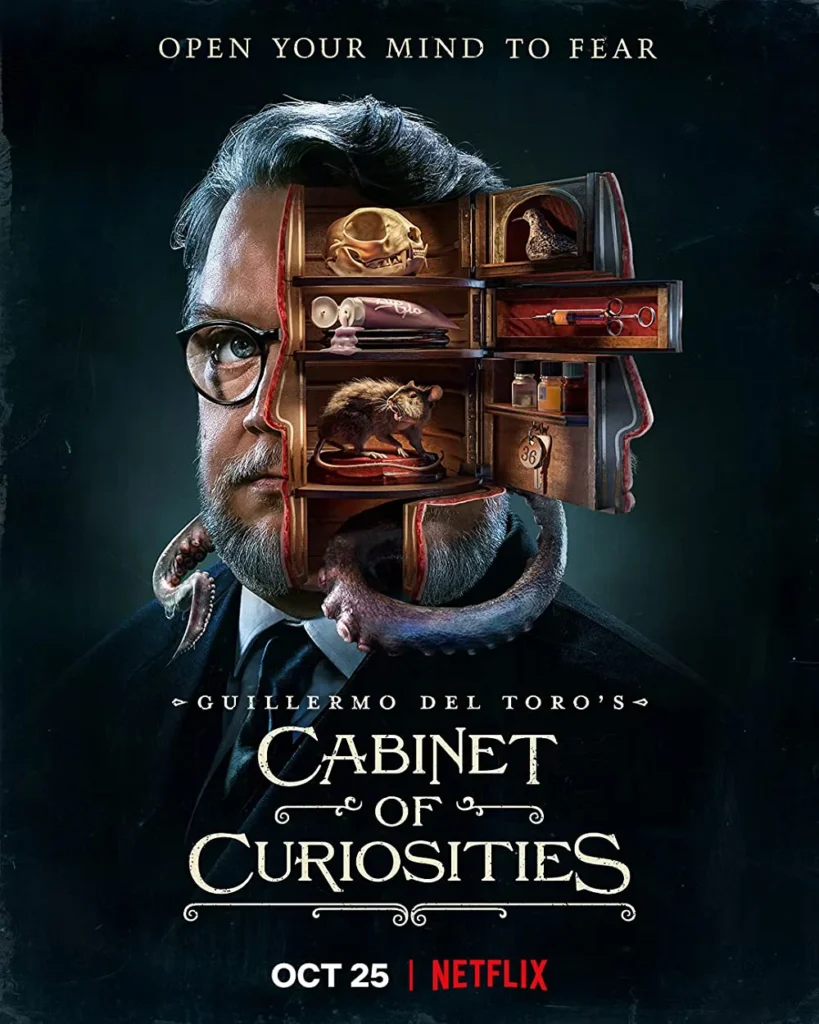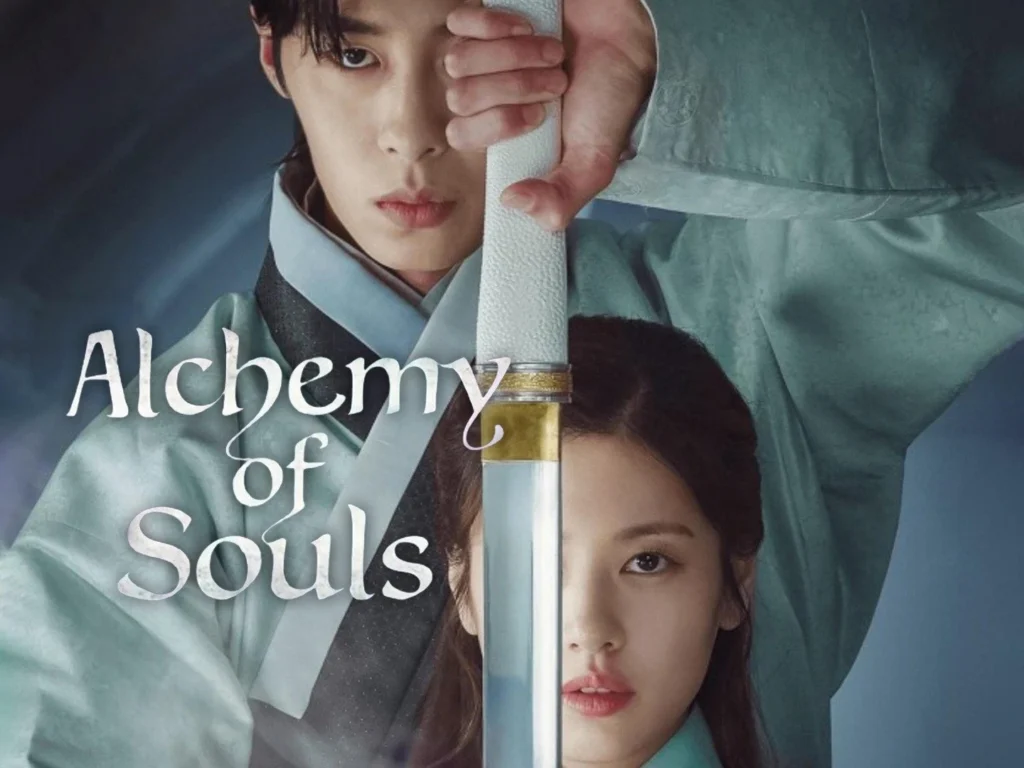In another interview, you described a previous book as one word (“TEETH”): in one word, how would you describe Painted Devils?
CULTS! (Mild spoiler: the cult of heterosexuality, primarily.)
The process to writing a sequel is different for every author, and I’m aware Little Thieves was written originally as a standalone. How did Painted Devils come about? And when it did, what was that process like for you?
About two thirds of the way through Little Thieves, I became acutely aware that these characters practically wrote themselves, and really all I needed to do was point them down the paths of most hilarious resistance. I also had two things I wanted to specifically explore in a sequel: The reality that Vanja’s core issues would not be solved just by having a boyfriend, and how funny it would be if she accidentally started a cult. I put together a proposal for my editor, sent it off, and I can only assume she bribed everyone at the acquisitions meeting to go along with it.
What are you hoping readers will take away from Painted Devils?
The After School Special version of the message is “You get to decide the progression and pace of your own relationships,” but the more in-depth and blunt takeaway is: People are very good at weaponizing sexuality—how you have consensual sex, who you have it with, when you have it—when all of those things are up to you. Anyone pressuring you to conform to their ideas about it has an agenda.
One of the things I found the most moving about Painted Devils, coming on the heels of Little Thieves, is that Vanja’s journey through both speaks to a much greater journey and truth: upon dealing with one trauma, you usually find a sneaky second trauma hiding. Essentially, trauma is an onion and Vanja is slowly peeling back her own layers. Did you set out to write Painted Devils knowing it would be the next layer of the trauma onion? Or did you uncover that layer as you wrote?
Oh, I absolutely knew we’d be digging deeper! Like I mentioned earlier, having a boyfriend doesn’t magically solve all of Vanja’s problems. Time after time, people she’s loved, who she thought cared for her, have deserted her. We are wired to recognize patterns in things that hurt us, so it was always going to be an uphill battle for her to believe this time will be different. She’s also quite adept at blowing up good things in her life rather than be abandoned again. When you have a character aware of this and trying to change, it demands a very precise dissection of their ghosts.
The Court of the Lower Gods, the visuals of the Lower Gods, the world-building in Vanja’s world and Vanja’s voice are two of my favourite aspects of the series. Which one came first? Was it world or character?
Vanja as a character came first, but she was originally conceived more as a classic hypercompetent and confident con artist/jewel thief, and that was fine but not memorable. When I began digging into more of her gremlin tendencies, she really came to life.
I am blown away by the full-page illustrations in both books. You noted on Tumblr that “PD is…more Midsommar” and that you went for a linocut style: how long does one illustration take you? How do you decide which moment in each section to illustrate? Is it easy to pick?
There’s a fun detail with the linocuts for Painted Devils, which is that the stories they accompany are progressively earlier in Vanja’s life—they start at the present day, then move backwards in time, until she’s relating memories from when she’s as young as four. The illustrations accordingly become more simplistic and childish, to match her age. Which is a very long way of saying each one took less time than the last, but overall, each took anywhere from a week to a day to carve! I compose each illustration depending on what the story is really about, and how it fits in the overall narrative; if an illustration has common elements with another illustration, or similar composition, it’s never a coincidence.
Painted Devils brilliantly looks at the construct of virginity. One of my favourite related moments is Ragne attempting to understand the conundrum set by the Scarlet Maiden and beautifully illustrating the lack of logic behind the construct. How did “deconstructing virginity” come to be a main thread in PD?
As someone on the asexual spectrum, who was also writing about two ace spectrum kids in love, it was always going to be at the core of the story! Especially when also talking about cults, which are notorious for using sexuality, desire, and shame to control their members. It also links very closely to the emotional journey Vanja’s on, of relearning vulnerability and intimacy, and figuring out how to assert her own wants and needs.
Painted Devils is your fourth published novel; what advice would you give to writers just starting out?
“It’s a marathon, not a sprint” is always a classic, but my go-to is: Ignore the current trends and write what sets your brain on fire. Readers can tell when your heart’s not in it. Oh, and document, document, document. It doesn’t matter what anyone promises you in conversation, what matters is what’s in writing, and even then that’s not always reliable.
You’re currently working on Little Thieves III; do you have any thoughts on what you’ll be working on after that?
I’ve been letting a thriller idea steep for about eighteen months, so it might be time to pick up the pen on that! I also have a very heavy shelf of various SFF ideas on layaway, and I have a project currently underway that I can’t talk about but am absolutely thrilled to be working on.
What are you most excited for about Tears of the Kingdom?
Is my editor reading this? Jess, look away.
I have played so much Tears of the Kingdom at this point. Mostly while I was on tour. I was especially excited for the possibilities with all the new tools the game gives you, but having beaten the game (partially so I would stop using it to procrastinate) I can now say my favorite part is how cinematic some of the key moments are. I think they kept the best parts of Breath of the Wild’s loose narrative structure, while successfully making each major questline feel increasingly urgent and meaningful.
Bonus question to ignore if you wish, but I did some deep-diving and the internet didn’t answer it for me: how did your Twitter/Tumblr handle come to be “what-eats-owls”?
College! It was a question posed after perhaps a few adult beverages, and the only answer we could dig up was “bigger owls.” Many years later, when the time came for me to have a professional social media presence (Ha! Haha! Oh, the optimism!) I said to myself, If John Green can be @fishingboatproceeds, then I’m damn well keeping @what_eats_owls! Perhaps a bit of hubris on my part, but at least it’s a conversation starter.
